Statistics Assignment: Time Series, Regression, and Hypothesis Testing
VerifiedAdded on 2022/08/25
|16
|592
|18
Homework Assignment
AI Summary
This statistics assignment analyzes time series data, performs regression analysis, and conducts hypothesis tests. The assignment begins with an analysis of U.S. craft beer production from 2004 to 2015, calculating index numbers and interpreting the results. It then moves on to a student-provided time series dataset, focusing on descriptive analysis and trend identification using exponential smoothing and index numbers. The assignment also covers simple linear regression, examining the relationship between variables like academic reputation and early pay, and between real GDP and trade balance/gross fixed capital formation. Finally, it includes hypothesis testing, performing one-sample proportion and mean tests to draw conclusions about various datasets and scenarios. The student provides tables, charts, and interpretations to support the statistical analyses.
1 out of 16
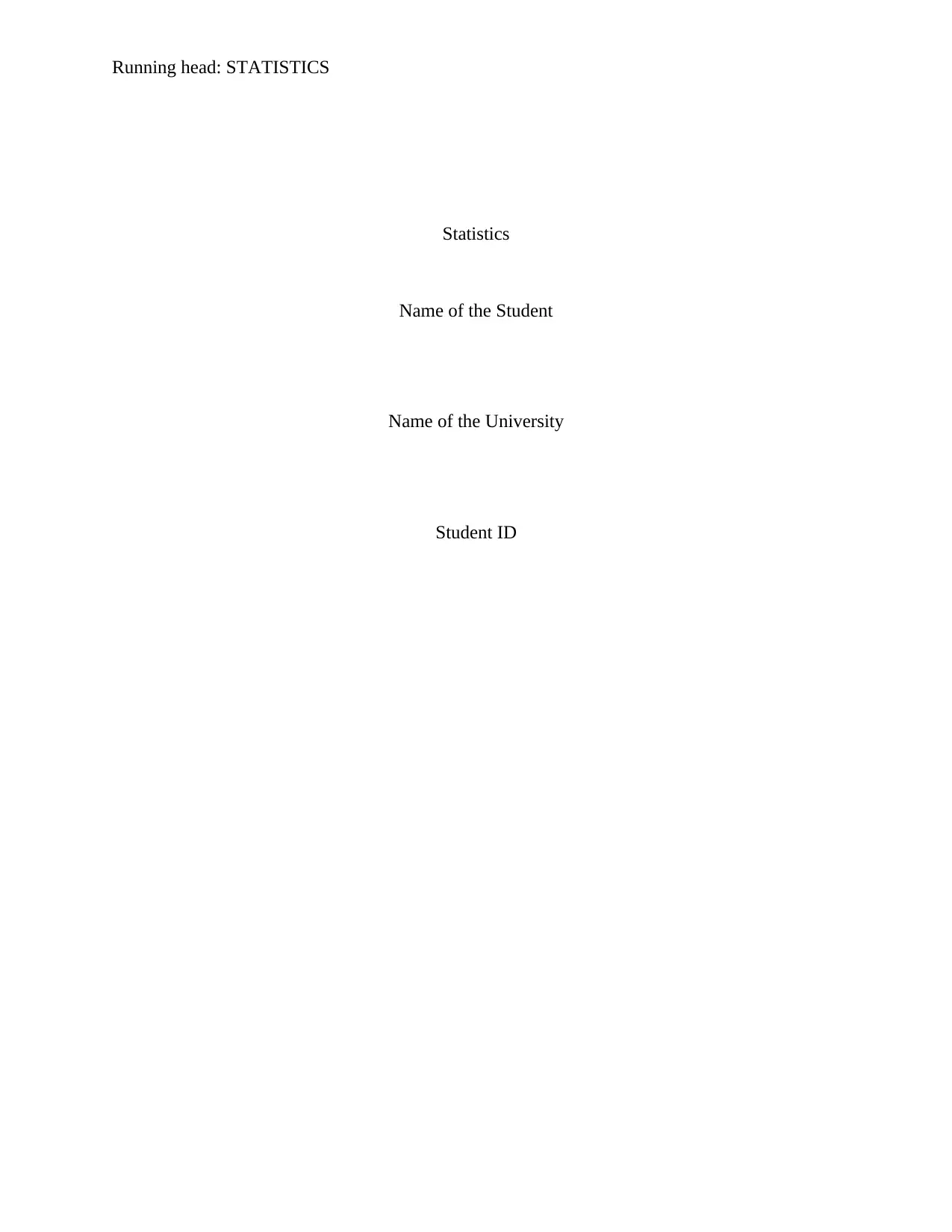

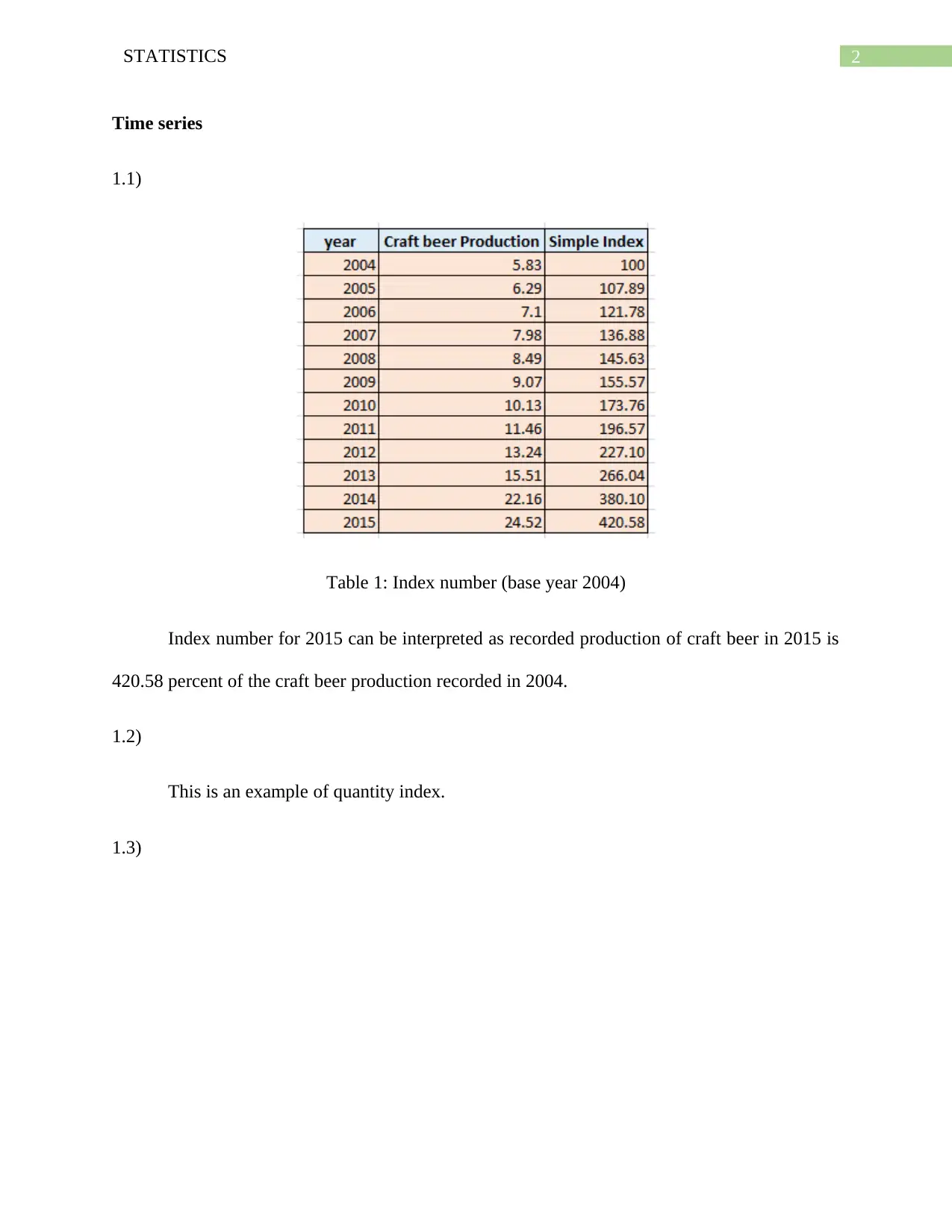

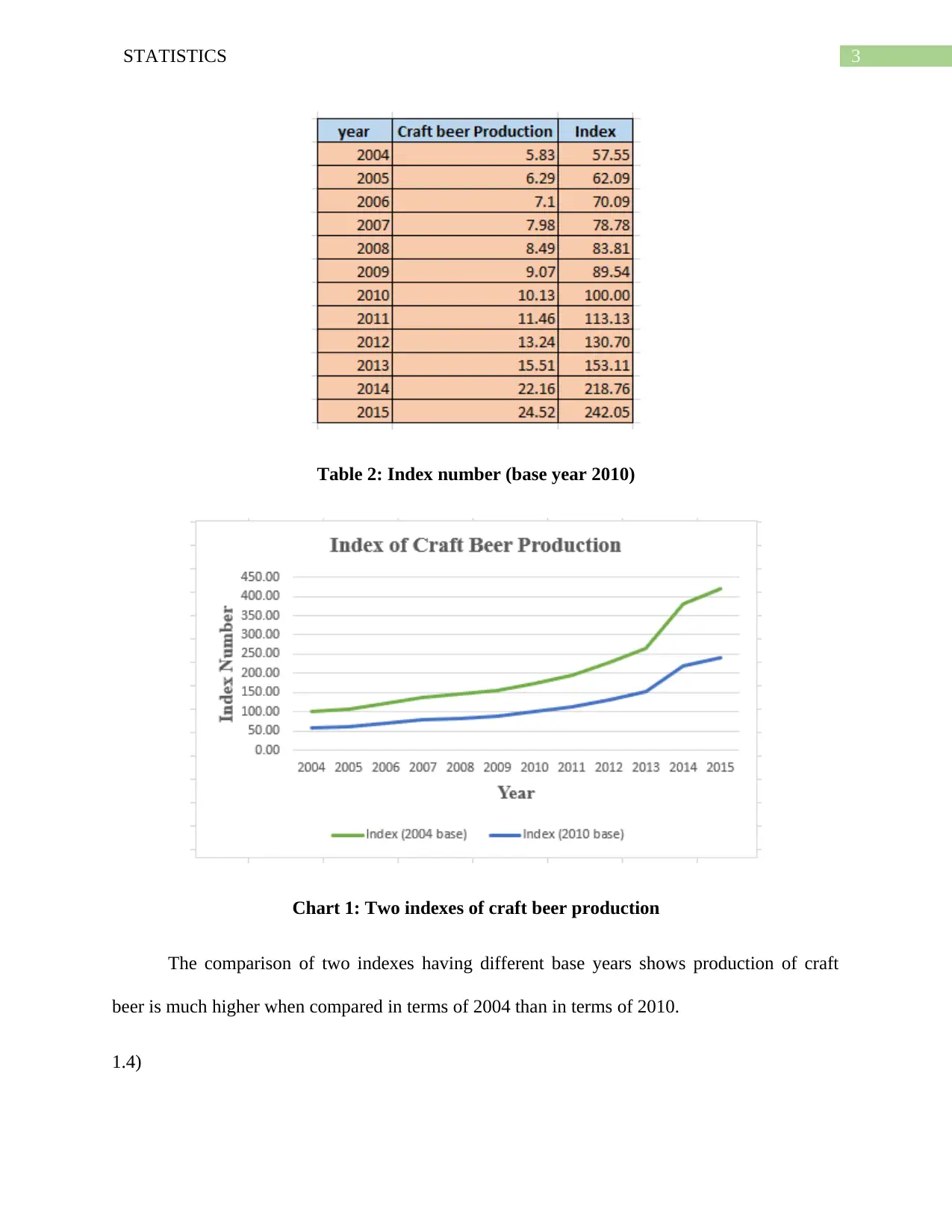
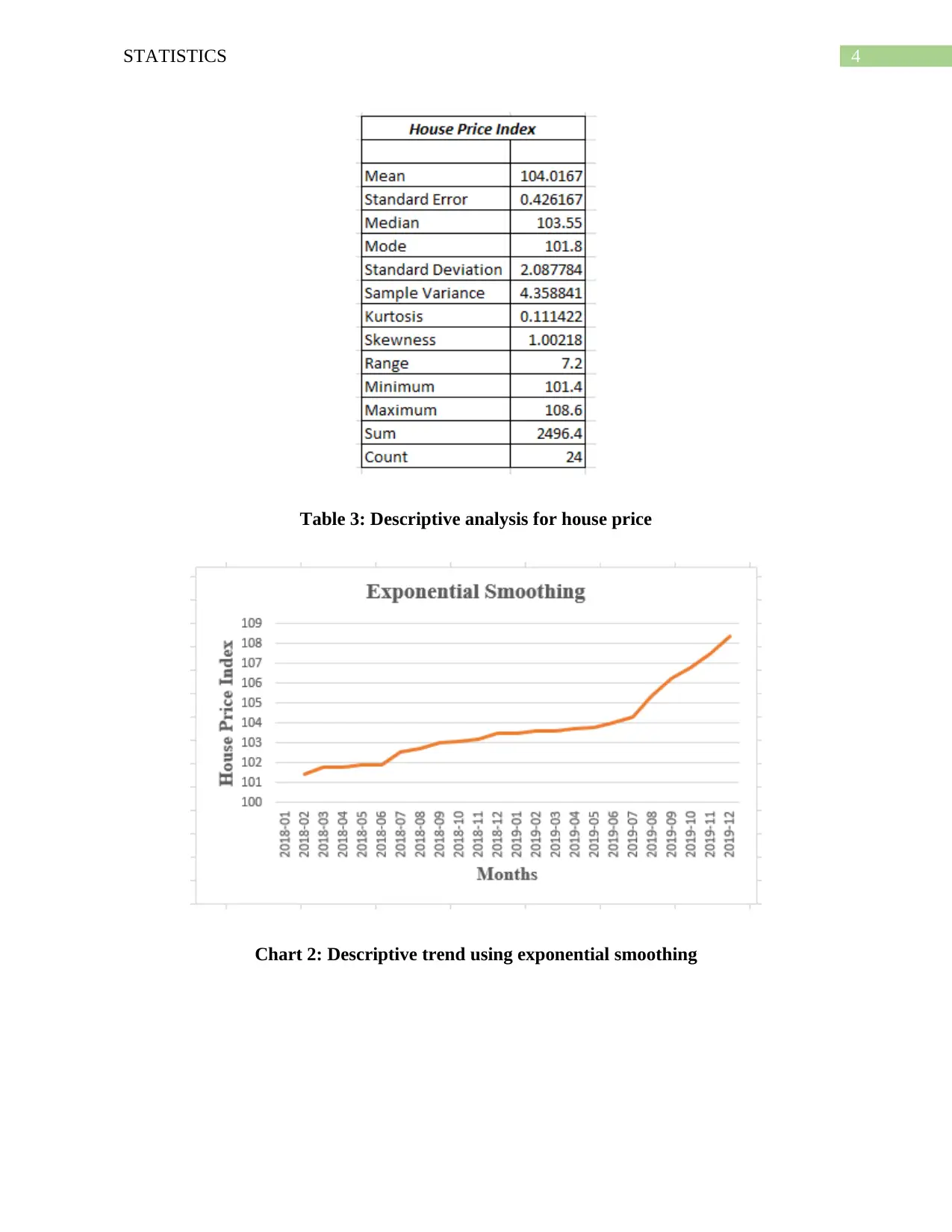

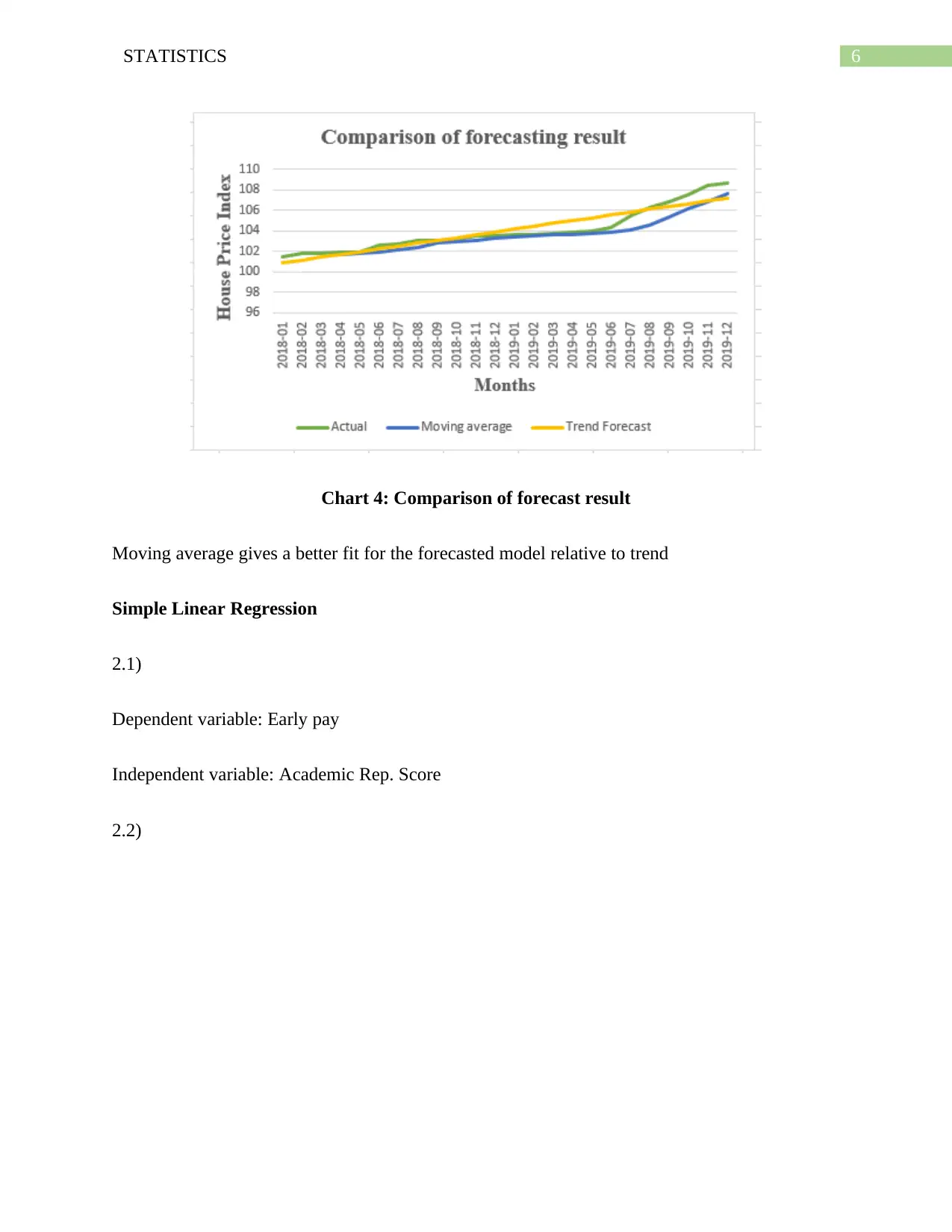
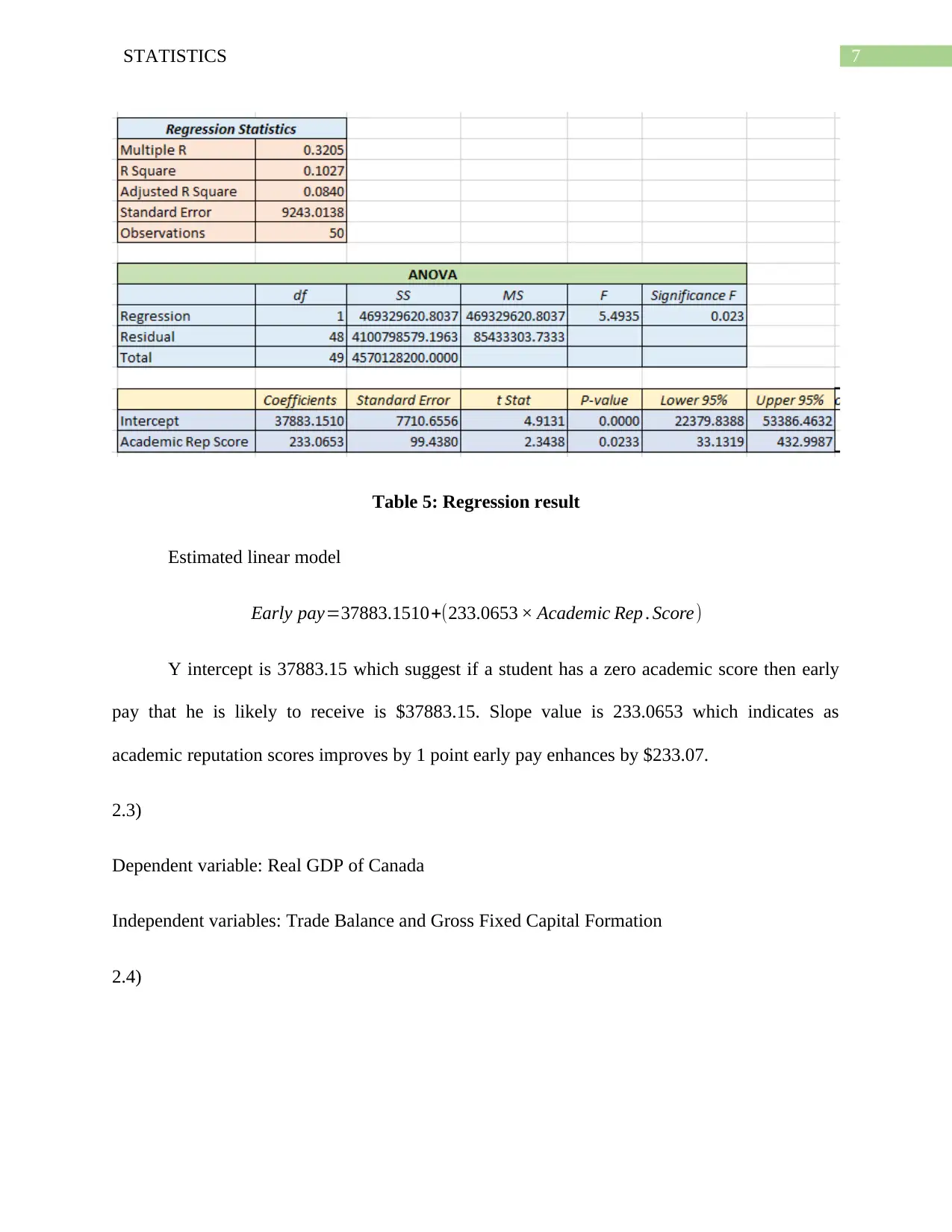
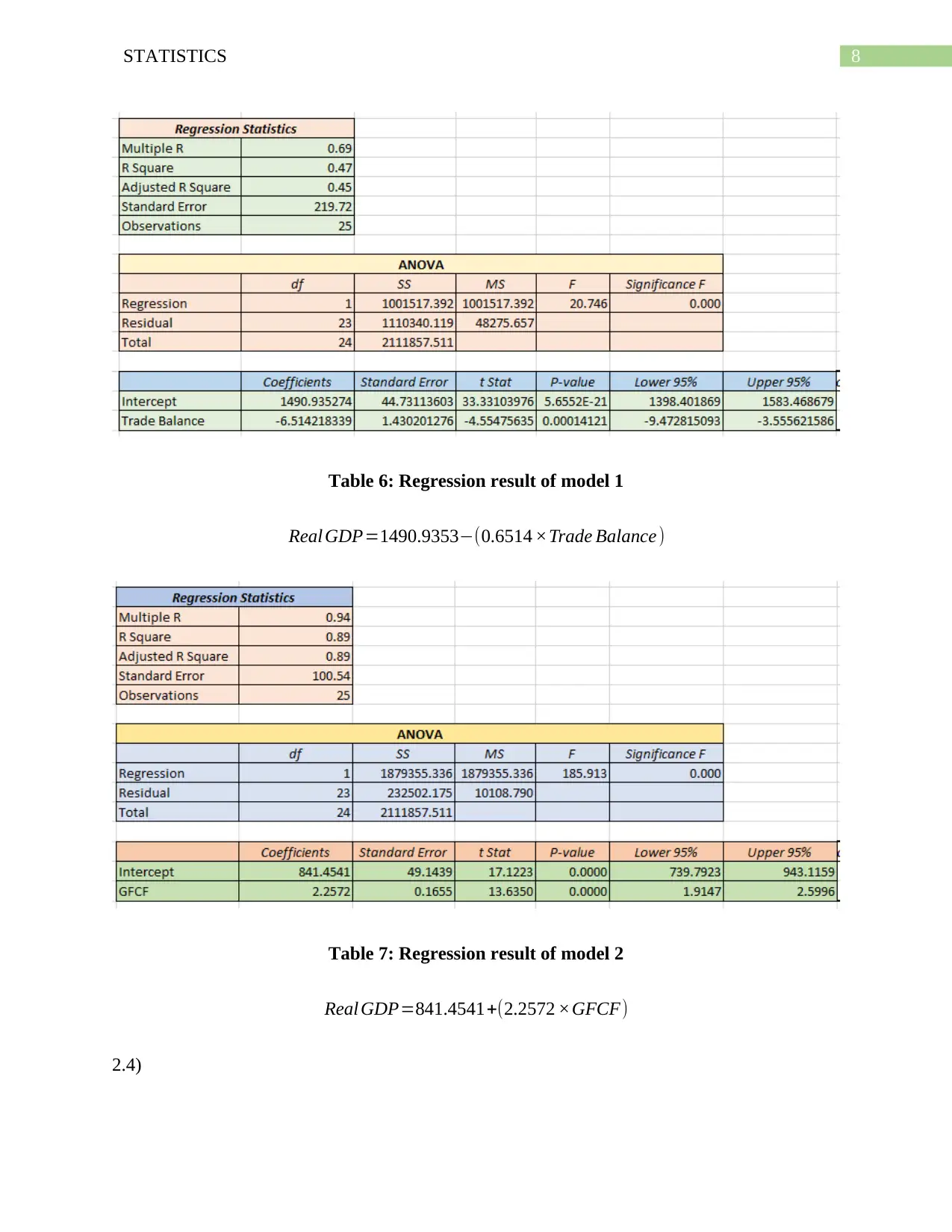
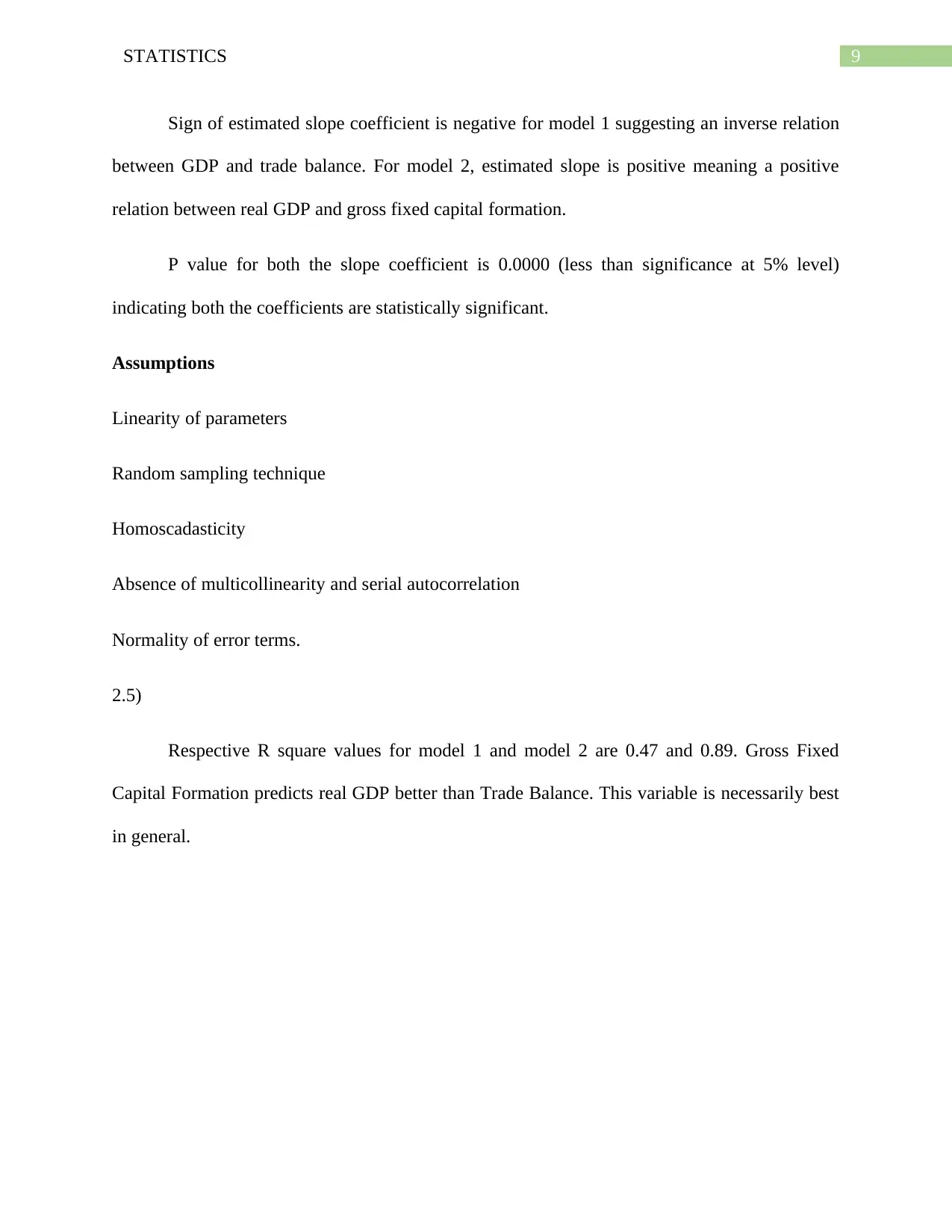
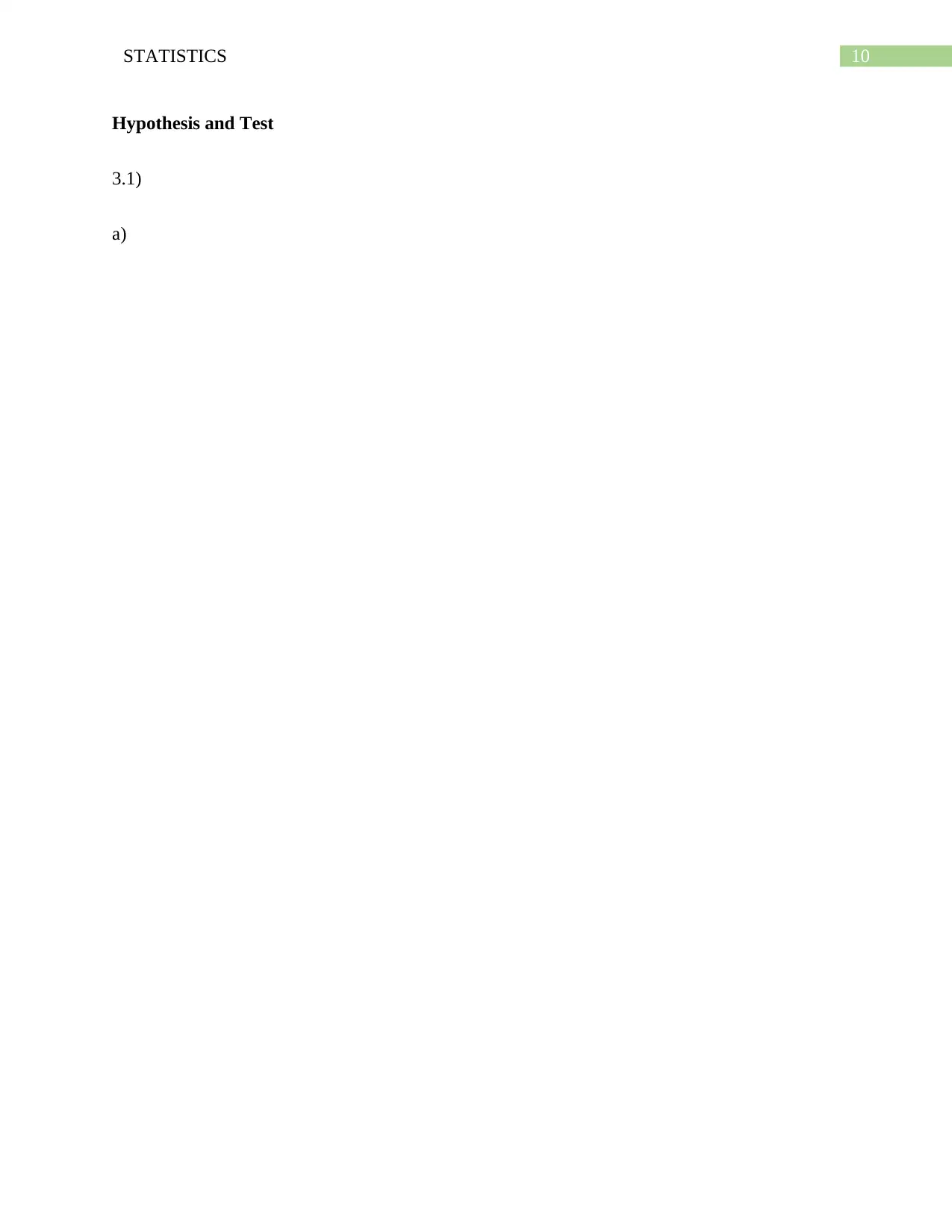
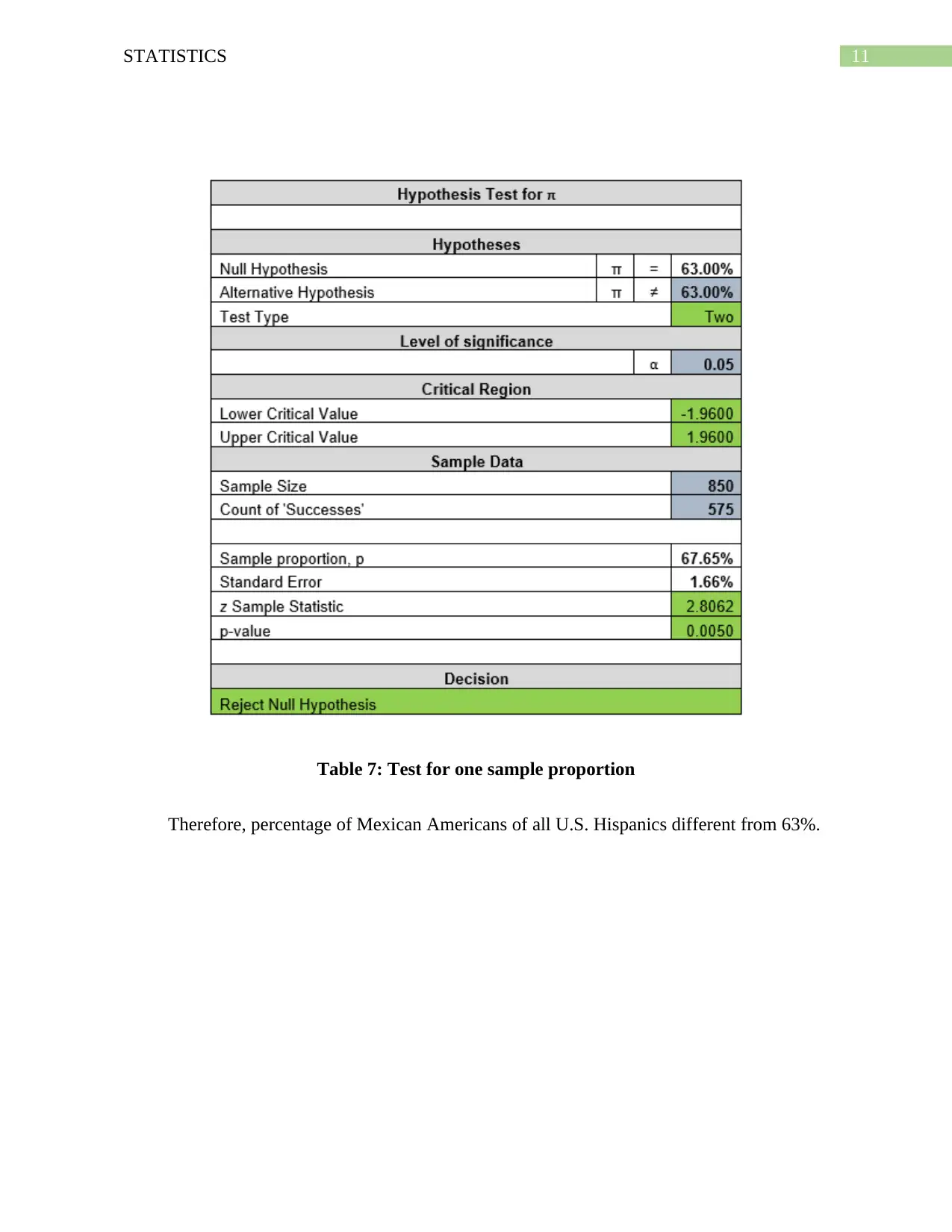






![[object Object]](/_next/static/media/star-bottom.7253800d.svg)